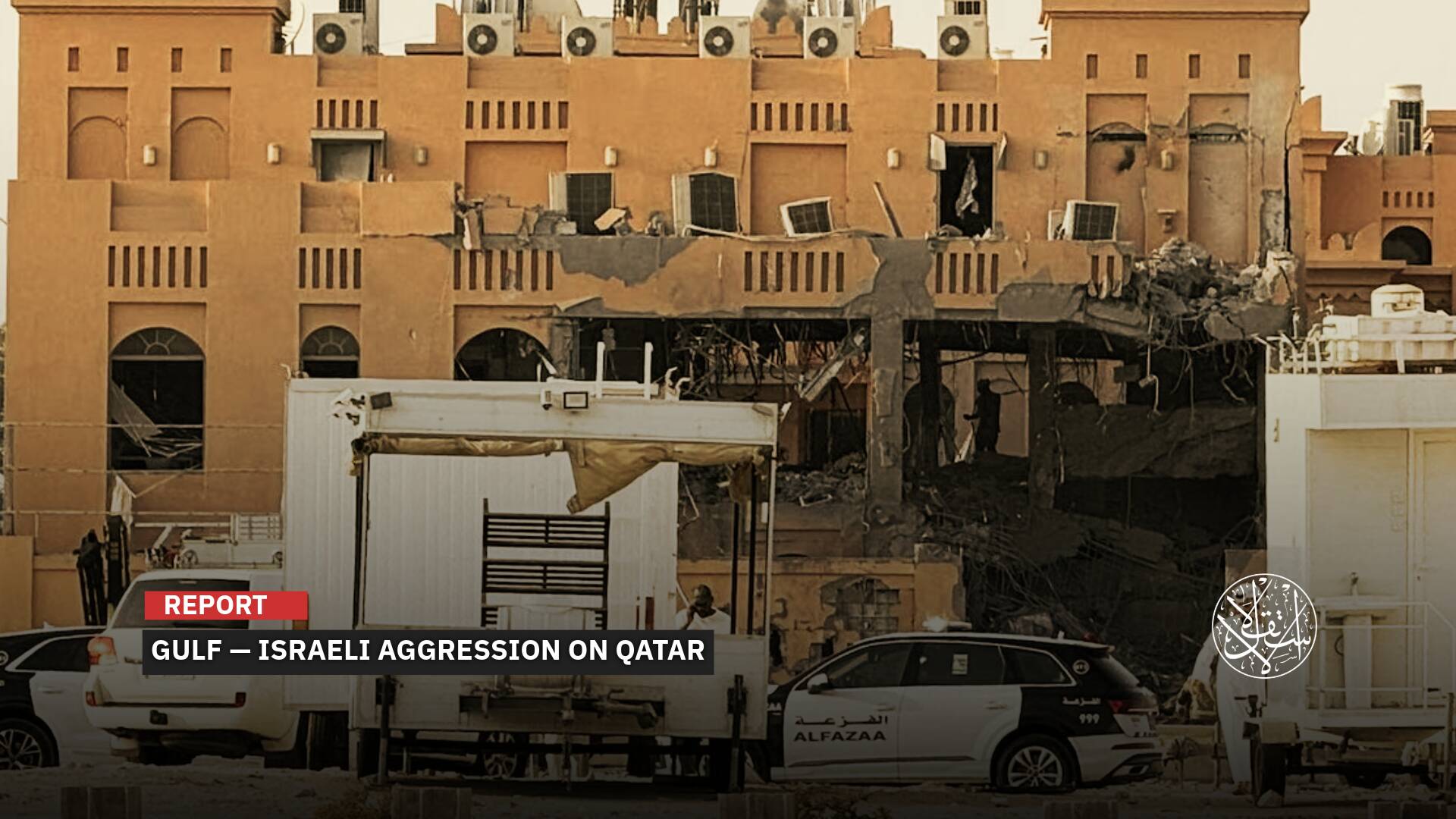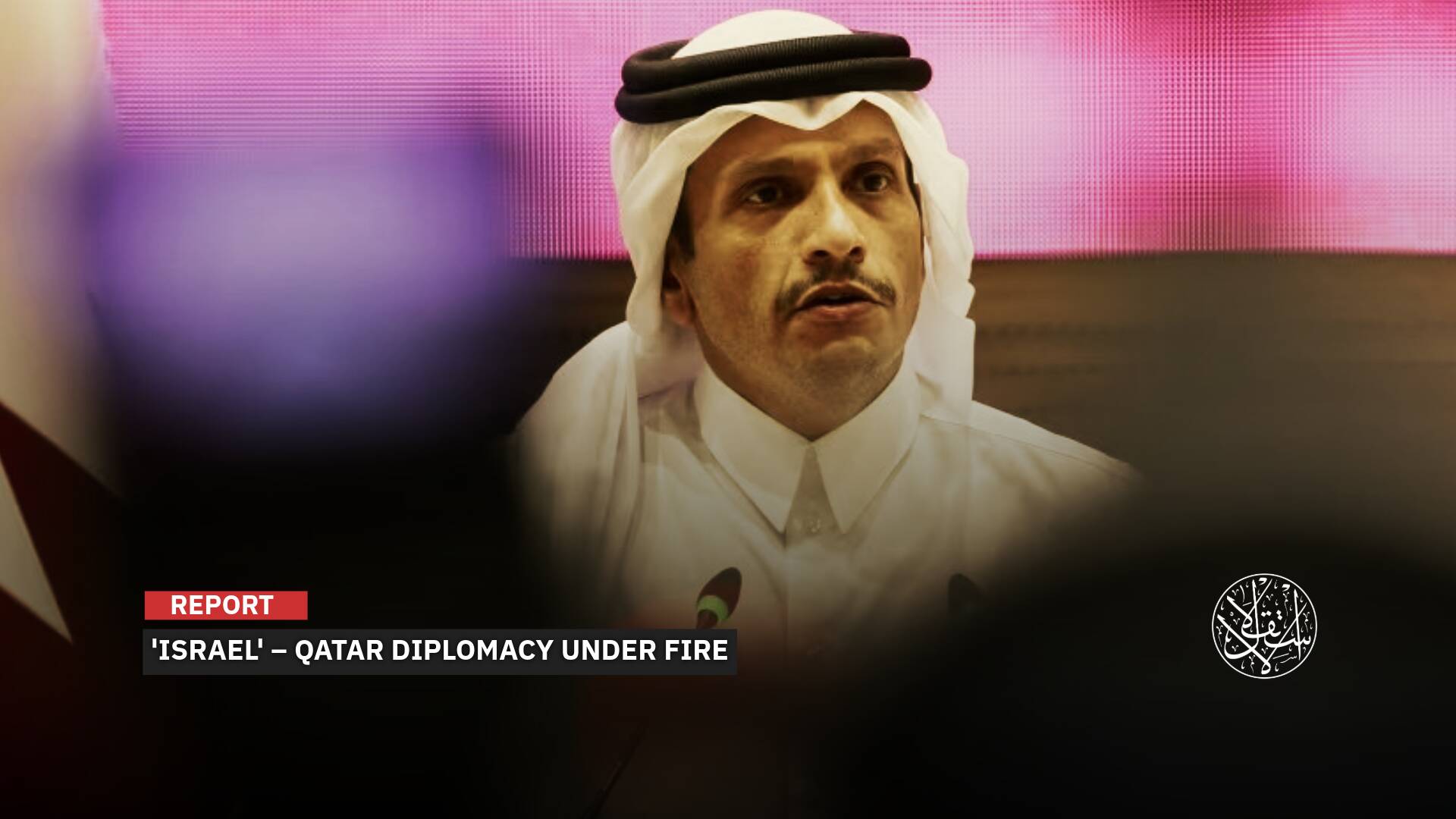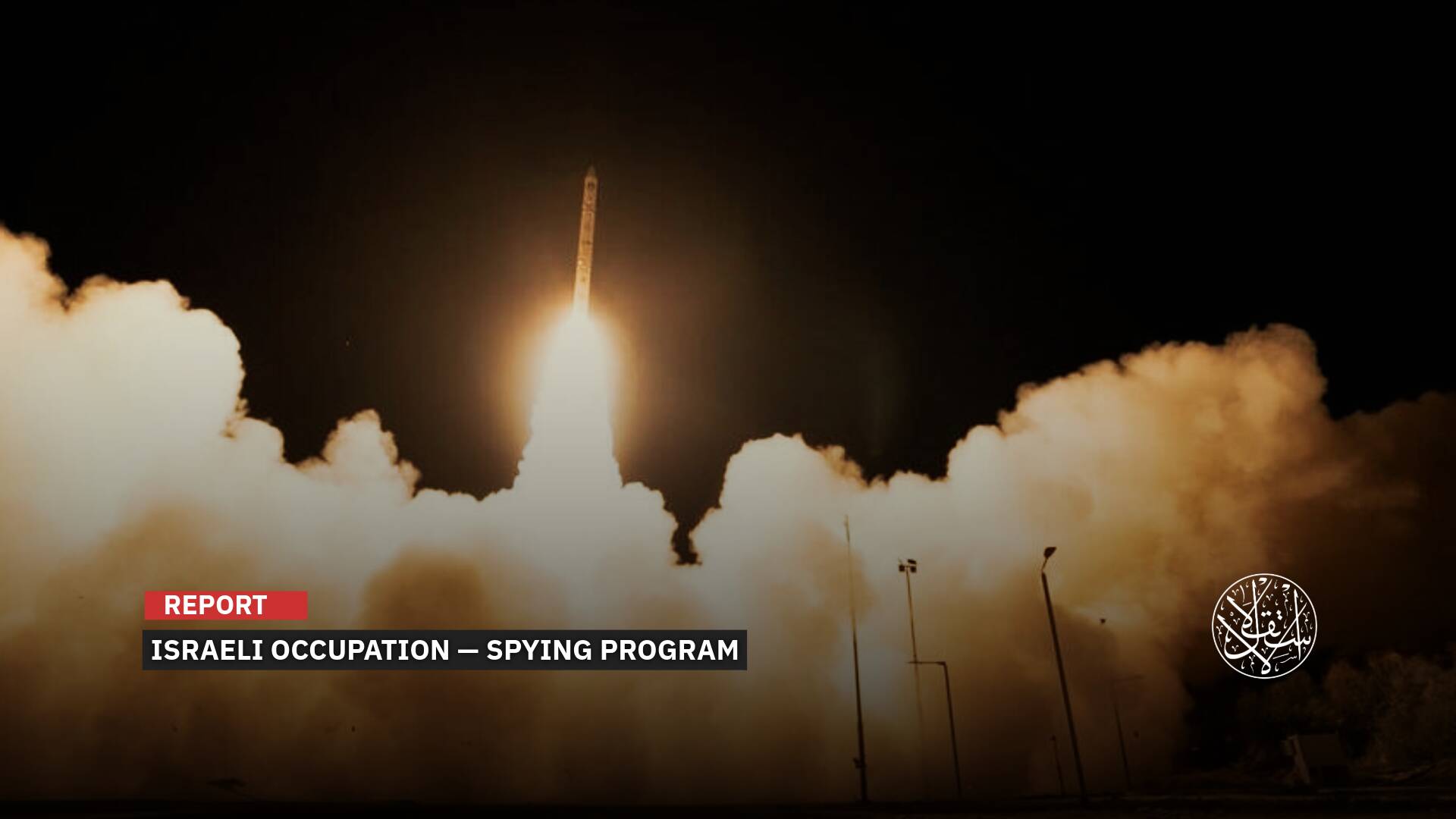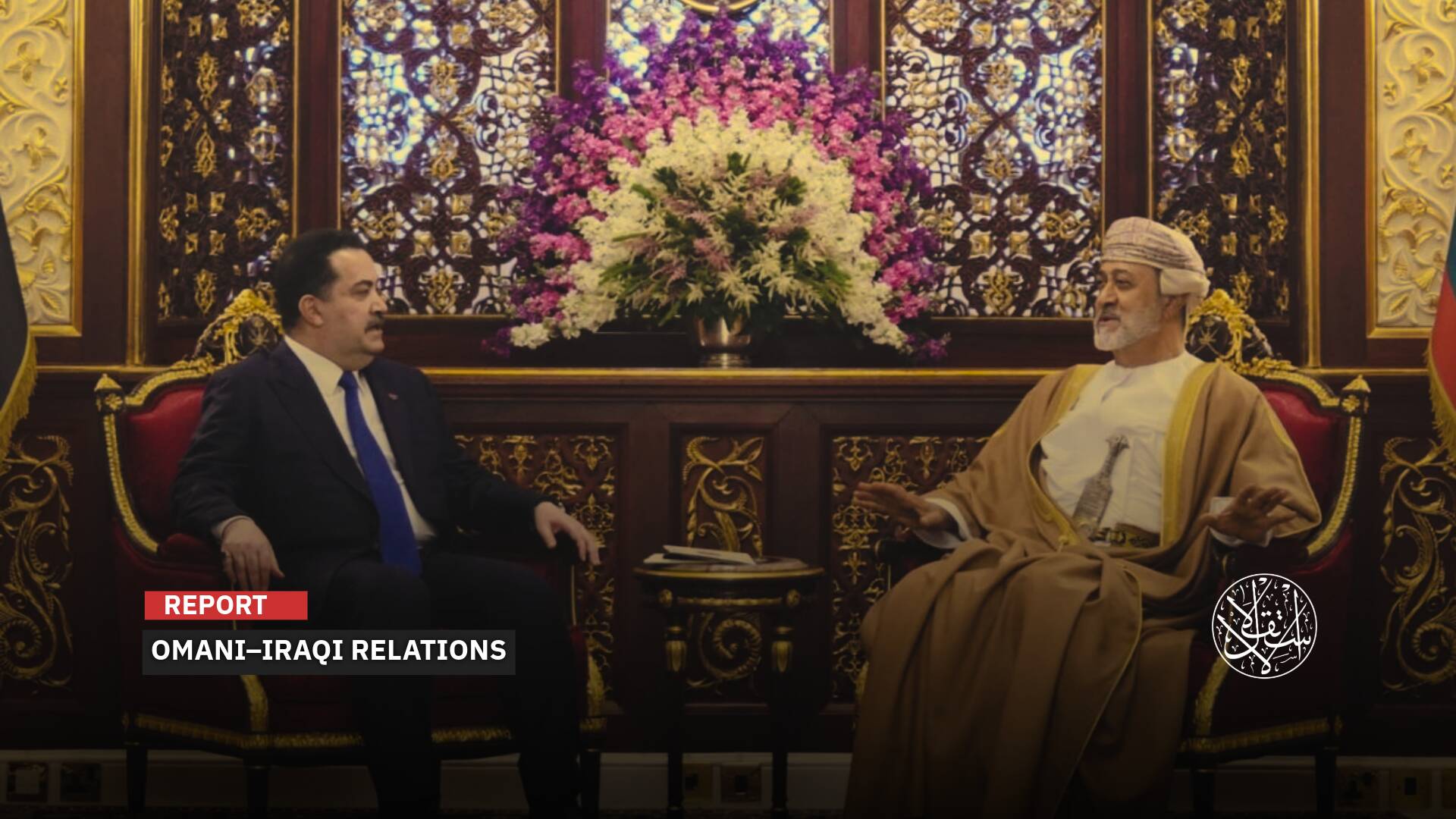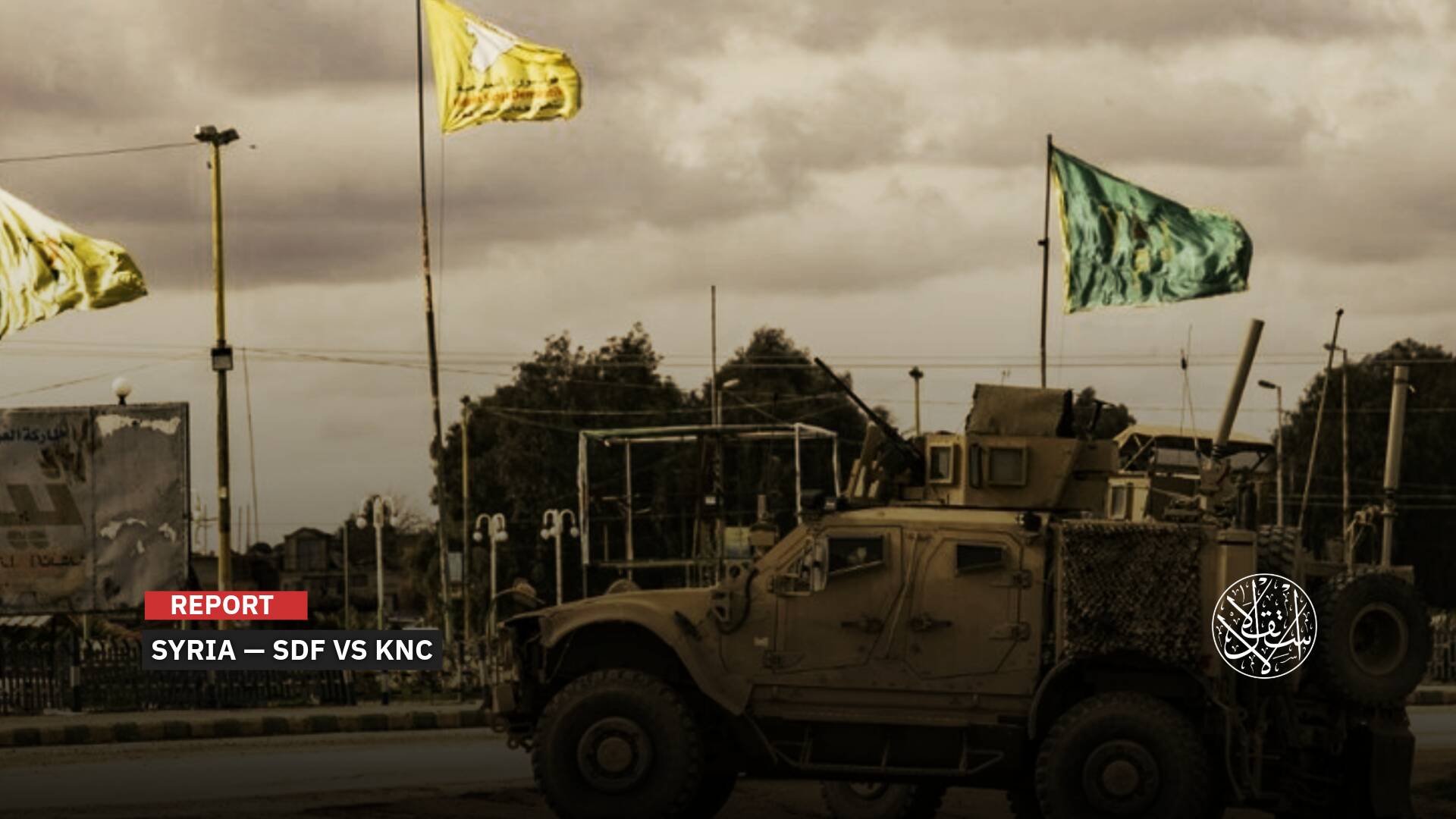Where is the Turkish Defense Industry Heading in 2023?

President Erdogan has shared his vision of Turkiye's century, which includes new programs and goals for the second century of the republic, with the public in recent months.
One of the highlights of this promotion program—which has wide resonance—has been the defense industry that is moving forward every day within the scope of the national technology movement, increasing the rate of Turkish production in the sector from twenty percent to eighty percent.
While the amount of defense industry exports in 2022 was $4.4 billion, this figure is expected to exceed $6 billion by the end of 2023, and today about 2,000 companies are successfully implementing their activities on more than 750 projects.
Strategic Offensive
The National Fighter Aircraft (MMU), or the fifth generation of multi-role fighter jets—on which two thousand engineers and a thousand technicians worked with great dedication—will be launched on March 18, 2023.
The first flight was expected to be in 2026, but that date was later moved forward to 2025 and then to the end of 2023.
This unit can be used with smart munitions and is capable of providing strategic attack opportunities for all types of air and air-to-ground targets.
It also has very low radar visibility under current conditions; it has the ability to target and destroy air and ground targets from hundreds of kilometers away with precise and specific firing from internal weapon openings at high speed—hypersonic.
It can also provide secure data sharing with friendly elements. This remarkable technological miracle is expected to replace the F-16 in the coming years.
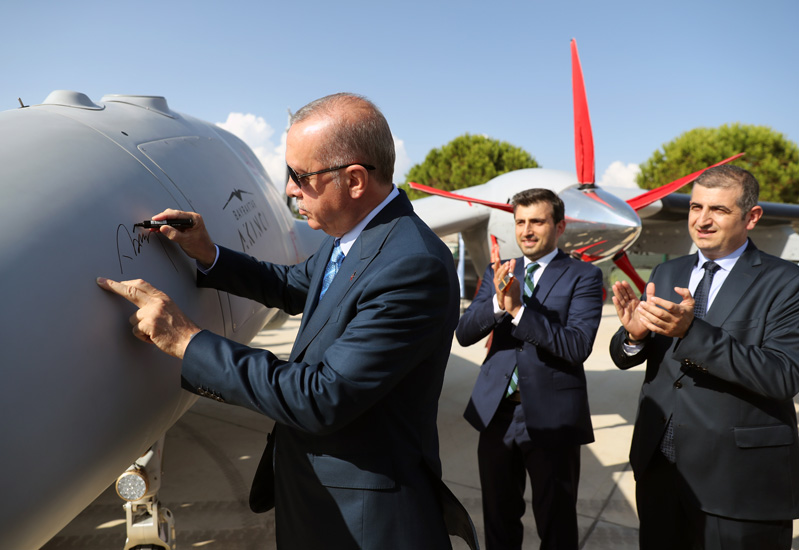
Integrating AESA
Predicting that air, land, and even sea battles will be carried out with drones and unmanned vehicles in the coming years is not a far-fetched possibility; the Bayraktar Kizilelma combat drone system (MIUS) is designed to be invested in this direction.
Kizilelma conducted the first flight tests earlier than planned during the MIUS exercise at the end of 2022, and activities to integrate weapons and missile systems with various aircraft, such as live fire tests, are expected to begin this year.
The aircraft comes with a take-off weight of 6 tons, can carry 1.5 tons, with low visibility, flight capability at an altitude of up to 35,000 feet, and high maneuverability, making it far more advanced than many competitors.
It will use the AESA nose radar (known as Active Phased Array Radar), and the same radar will be integrated into the AKINCI TIHA and F-16 aircraft for the first time.
The AESA radar system developed by Aselsan is a very strategic step; it will prevent Turkish F-16 aircraft from performing their duties through the American AESA radar and will perform those duties with the national AESA radar.
Additionally, with the integration of the AESA radar into the AKINCI TIHA assault unmanned aerial vehicle (UAV), Turkiye will be the first country to have this capability in UAVs, and the maximum benefits of this new radar system—which will be further developed—will be on the agenda even more much in the coming period.
On the other hand, the F-16 (35 units)—which entered service in the Turkish Armed Forces at the end of the eighties of the last century—will be delivered to the Turkish Air Force after completing the modernization of avionics (electronic systems) within the scope of the OZGUR project.
Also included will be TEIRS, a portable early warning radar system using AESA technology, and ERALP, a low-altitude radar system. The 450km multi-purpose Array Radar system has reached the final stage, with the SIMSEK targeting drone—which will be used this year and converted to carry cruise missiles—making its first successful use of the CAFRAD system.
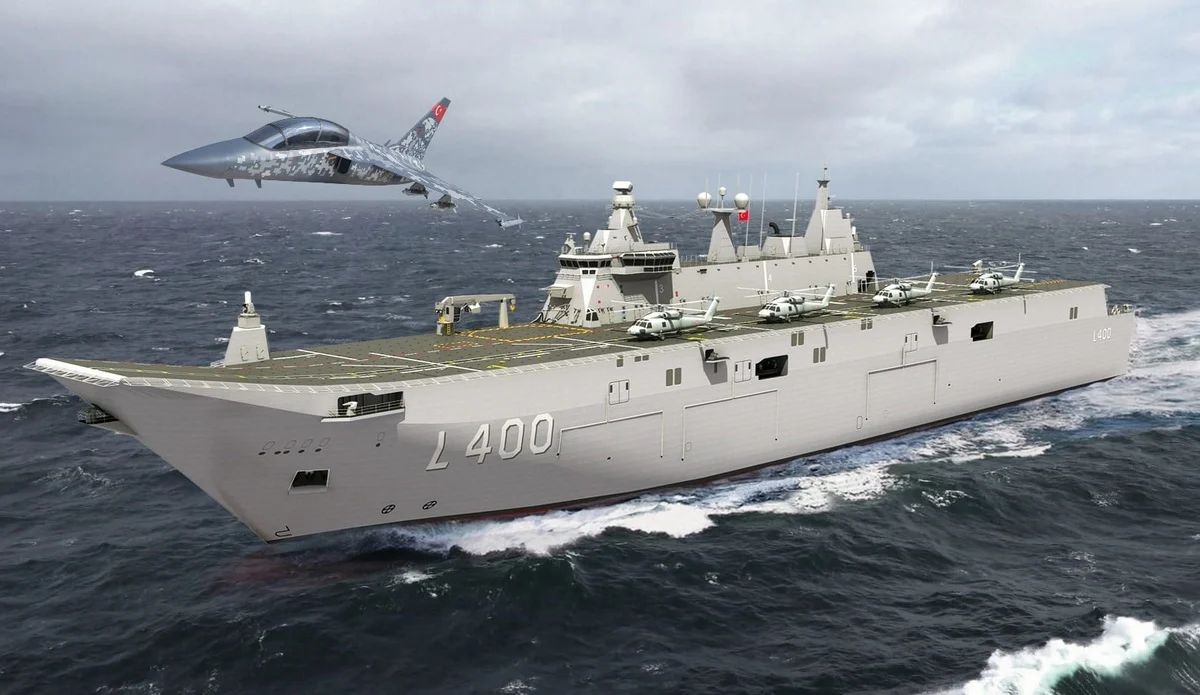
Anti-Tank Weapon
The first BOZDOGAN air-to-air missile and GOKDOGAN out-of-sight air-to-air missiles—developed within the scope of Project GOKTUG—will be delivered in 2023, along with the launch of 35mm (ATOM) particle munitions.
The aforementioned GOKTUG missiles will begin to be integrated next to the air defense system on board Turkish ships, which can destroy anti-ship missiles targeting the ship on which it is stationed.
Turkiye's first KTJ-3200 turboprop engine, developed for the SOM Cruise missile and the ATMACA anti-ship missile, is expected to be integrated into the missiles. The long-range air defense "trench" system, which successfully destroyed a target over 100 kilometers for the first time in a recent test launch at Sinop, will be commissioned later this year. KARAOK, a portable short-range anti-tank missile system that can operate day and night thanks to infrared imaging cover, will enter service for the first time.
The first GOKBEY general-purpose helicopters—which can be used for military, deconfliction, air ambulance, transport, cross-coastal operations, search and rescue services, and VIP services—will be delivered to the Gendarmerie General Command in the first quarter of the year. The heavy-class ATAK 2 attack helicopter—a candidate to be the best of its kind—is expected to be in the sky in the coming months.
TCG Anatolia—which has the distinction of being Turkiye's largest warship and the world's first "civil war" ship—is set to begin its duty by handing it over to the Navy in 2023. BAYRAKTAR TB3 unmanned combat aerial vehicle (UCAV)—designed to be able to land and take off from ship to ship—will make its first flight while aboard TCG Anatolia.
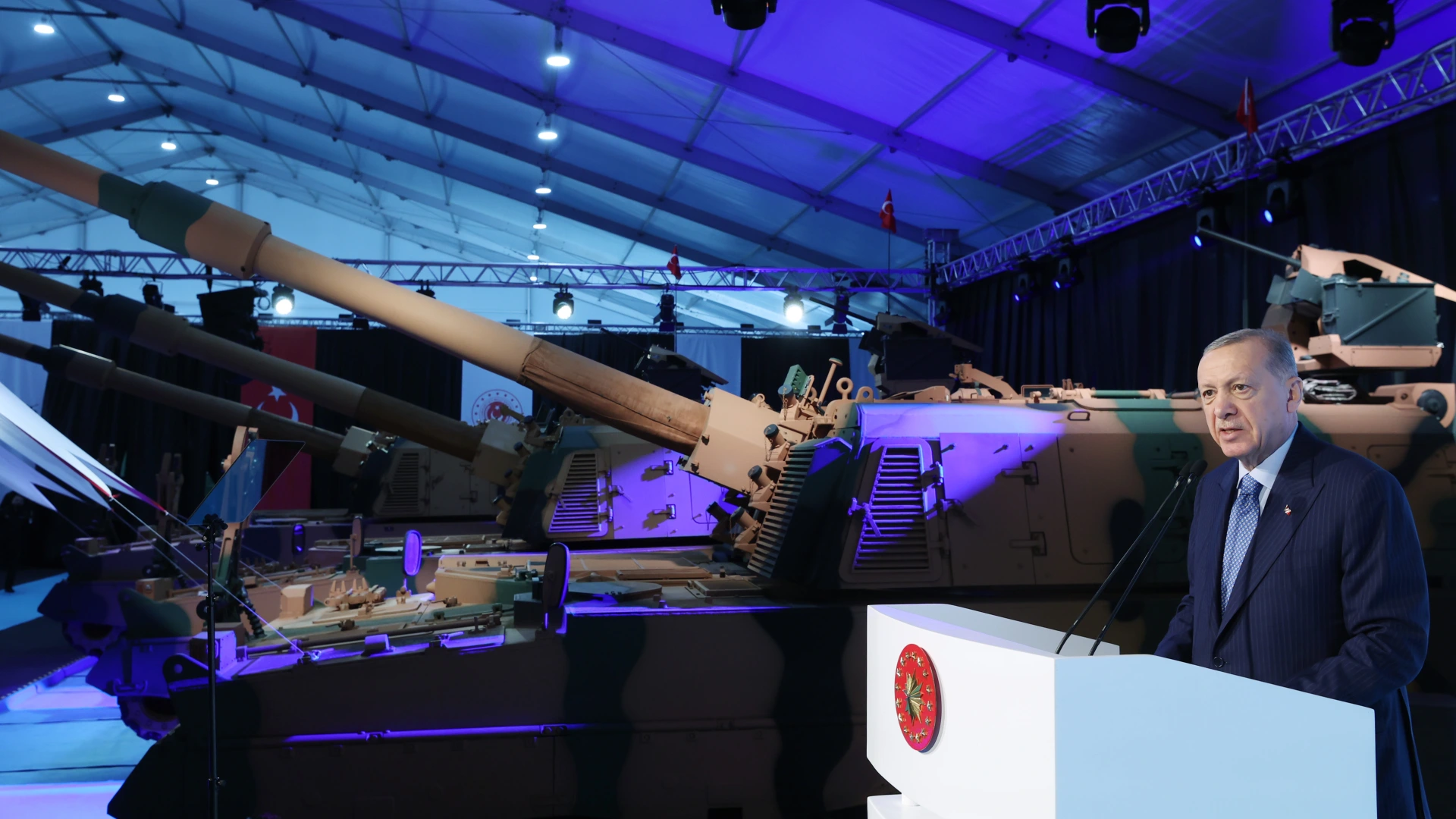
Project MELTEM III—launched to perform reconnaissance, surveillance, and submarine defense missions from the air in the blue homeland Eastern Mediterranean—will end with the delivery of the sixth and final Ater-72/600 (P-72) maritime patrol aircraft.
Within the scope of task group support for ships serving overseas, the Naval Renewal Combat Support Vessel (DIMDEG) DERYA will be put into service, performing tasks such as the ability to conduct a refurbishment at sea for at least 4 vessels and perform the "Command and Control Vessel" mission.
Two of the MiLGEM Ada-class I cruisers and the TCG Istanbul F-515—the first ship from the MiLGEM I-class (ISTIF Class) frigate project and a continuation of the current phase—will be delivered to the Navy.
TCG Istanbul is the first Turkish frigate designed by Turkish engineers. The weapons systems it will carry will also be largely of domestic production.
The TCG PIRI REIS, the first Reis-class submarine, which began sea acceptance tests from January 3 and attracted attention thanks to its high durability and battery technology, will soon begin operations, and the AKYA submarine torpedo—which will be mass-produced later this year and has a long-range, active/passive sonar head, and internal and external guidance via fiber optic cable—will also be integrated into a submarine in PIRI REIS.







